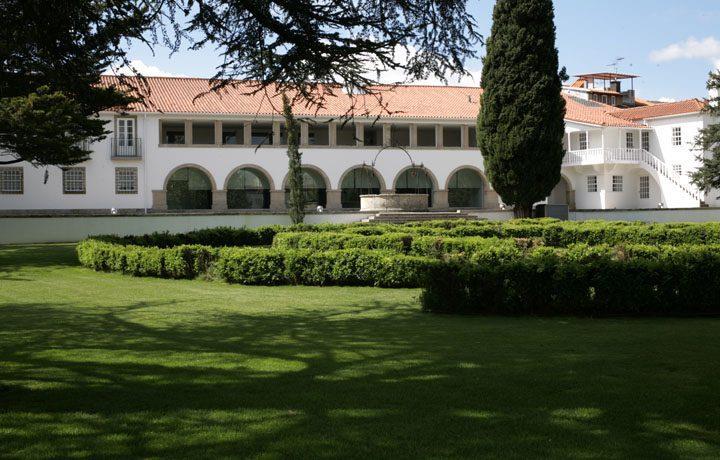Abbey of Baçal Museum

Open: Tuesday to Sunday 9.30 a.m-12.30 p.m / 2 p.m-6 p.m
Closed: Monday; 1st January; Easter Sunday; 1st May; 25th December; 22th August (municipal holiday)
Residents in Portugal can enjoy 52 days of free entry per year to museums, monuments, and palaces, on any day of the week. Learn more at museusemonumentos.pt | Access 52 tickets cannot be issued through this online ticket office. Please request them at the physical ticket office of one of our Museums and Monuments.
Housed in a building which was once an Episcopal Palace, the Abbot of Baçal Museum, in Bragança, opened its doors to the public in 1927, twelve years after it was created.
Classified as Property of Public Interest, the building houses a permanent exhibition of a large part of the collection from the former Episcopal Palace. The sacred art collection was joined by the collections of the Bragança Municipal Museum and the pieces collected by its first director, Abbot of Baçal and his successor Raúl Teixeira.
Pieces of archaeology, numismatics, epigraphy and ethnography are now part of the Museum's collection and illustrate the history of the North-eastern Transmontano region over the centuries.
More recently, the collection of masks on display shows visitors the important complex ritual of the traditional festive cycle specific to the region, classified in 2019 by UNESCO as Intangible Cultural Heritage.
The presence of the works by Silva Porto, José Malhoa, Aurélia de Sousa or Veloso Salgado in the Museum's collections should also be highlighted, as well as the two series of original drawings by Almada Negreiros, in ink on paper, produced in the 1930s and 1940s and which represent an enormously important, though less well-known, facet of his vast graphic work.
A museum to explore!